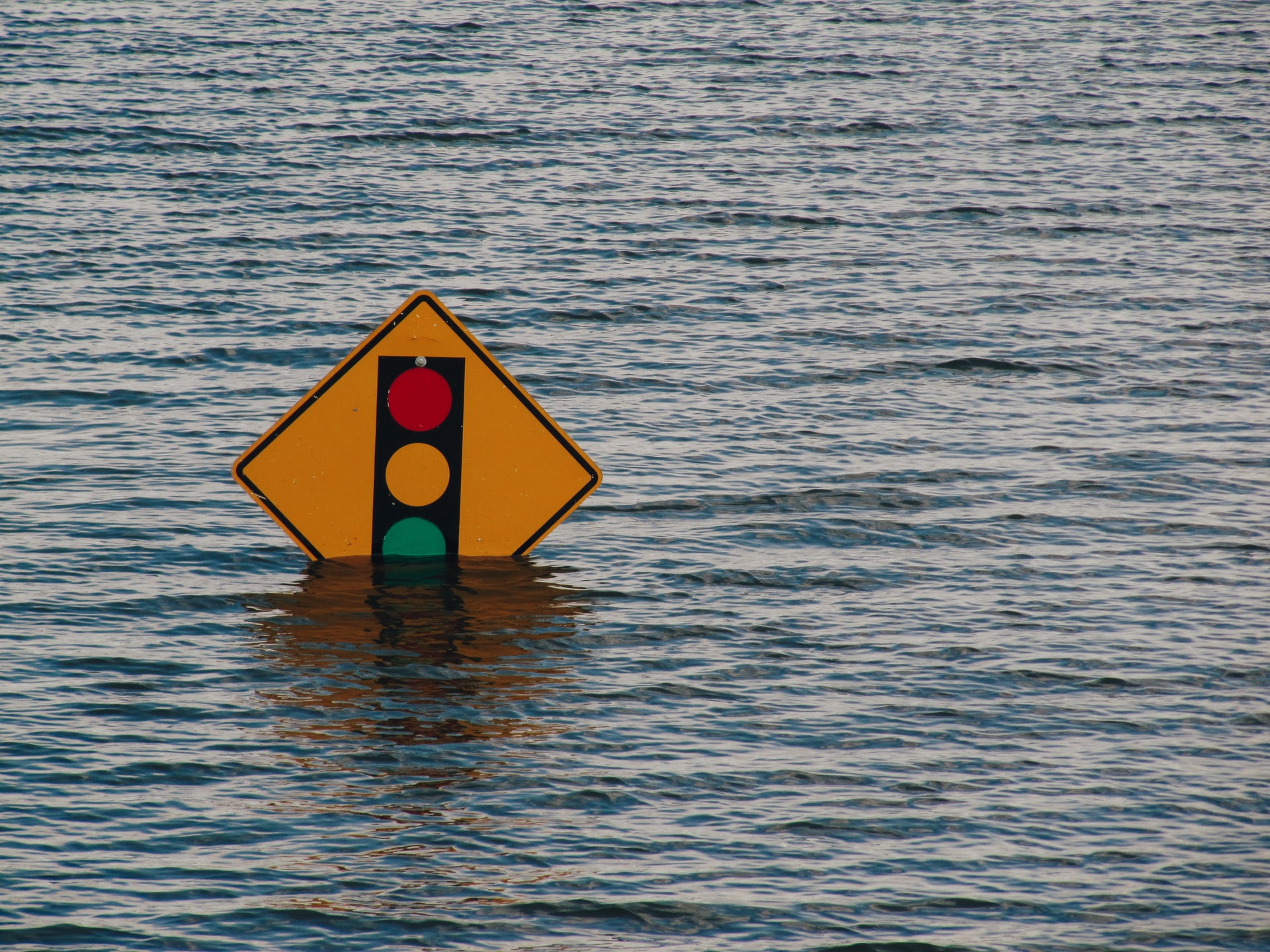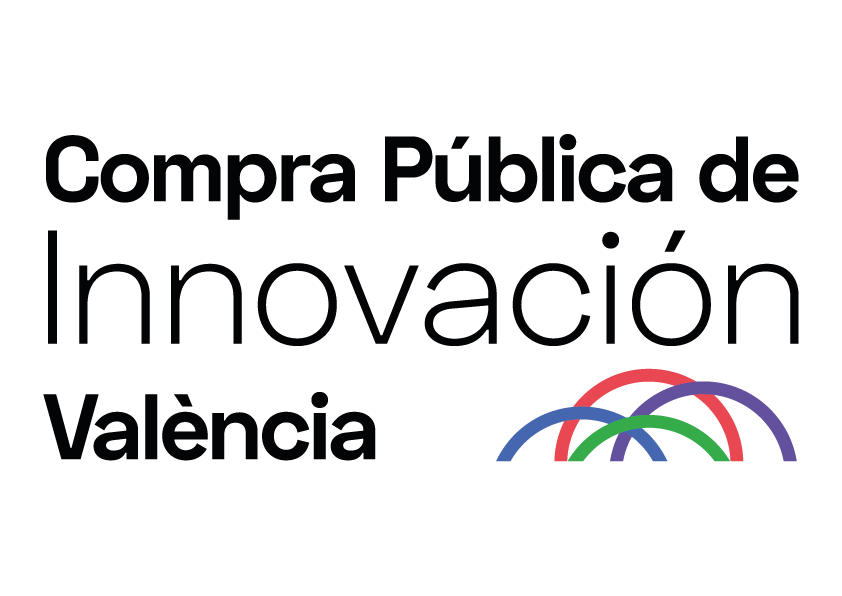Challenge 6: Resilience and adaptation
Adaptation of the city to effectively cope with the adverse effects of climate change and to optimise its climate resilience.

Specific objectives
- Improve the capacity to plan measures, and to manage responses in real time, to thermal risks due to heat waves.
- Reduce the city’s island heat effect with solutions based on green or blue infrastructures of any kind. Also with grey infrastructures for intelligent shading and cooling. Even contemplating the dual function of shading and energy generation.
- Deploy and encourage the adoption of coatings and pavements, based on cold and supercool materials of any nature, and of any architectural or urban application area.
- Improve the capacity for planning mitigation and protection measures, and for real-time prediction and management of responses to torrential rains that can cause internal flooding.
- Develop the “sponge city” model in the municipality with effective planning and implementation of SUDS techniques in the city’s stormwater management system.
- Optimise the management of the stormwater management system by developing digital twins to anticipate the system’s response during a rainfall event.
- Reduce the vulnerability of the city as a whole to torrential rainfall by combining green and grey infrastructures of all types.
- Improve the suitability of buildings at the first metre above street level to ensure that they are watertight in the event of flooding, especially in the event of torrential rain.
- Improve the capacity to plan protection measures and to manage in real time the response to torrential rains that may cause external flooding.
- Improve the capacity for protection and real-time management of responses to storms, and for monitoring their action on the coastline. Even in combination with long-term monitoring of key environmental variables (temperature, mean sea level, storm intensity, etc.).
- Improve the capacity to systematically monitor the coastline in order to know its evolution, and to detect and monitor critical points (vulnerability to erosion and flooding). Including defining flood levels due to overflowing of the sea and updating these levels according to the results of monitoring.
- Reducing the vulnerability of the municipal coastal strip to storms through artificial nourishment, green infrastructures and other actions. Also by redesigning the accesses to the dry beach so as to prevent flooding of the coastal area.
- Ensure rainwater evacuation facilities and critical coastal infrastructures.
- Guarantee the availability and continuity of the city’s essential public services in crisis scenarios and natural disasters of any kind.
- Reinforce the monitoring and activation of response actions against the appearance of plant pests and human infectious and parasitic diseases, transmitted by vectors already established in Spain that can extend their geographical extension, or by the importation and installation of sub-tropical vectors adapted to survive in less warm and drier climates.
- In general, to improve the city’s adaptation to cope effectively with the adverse effects that may arise from climate change, and to optimise its climate resilience.

